The Park Gateway Project, a ‘litter walk’ and wild flowers – three stories from TMAEG
As spring has moved to summer, the Two Mile Ash Environmental Group has continued its work on priority areas within our community. The stories that follow bring together various strands of our environmental work – action in our village centre through the Park Gateway Project, the targeting of litter, and boosting local biodiversity through the planting of native wildflowers.
The Park Gateway Project is about the enhancement of ‘the public realm’ along the pedestrian corridor that links the village centre to the Local Park (the ‘little street’ framed by Hair Culture and the dental practice). It is about spreading the benefits of the successful works in the village centre to this entrance to the park, in time for the Party in the Park on July 6th.
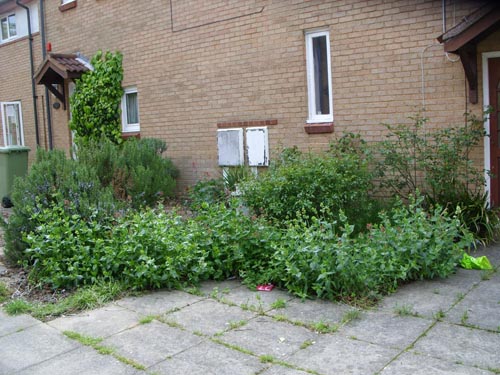
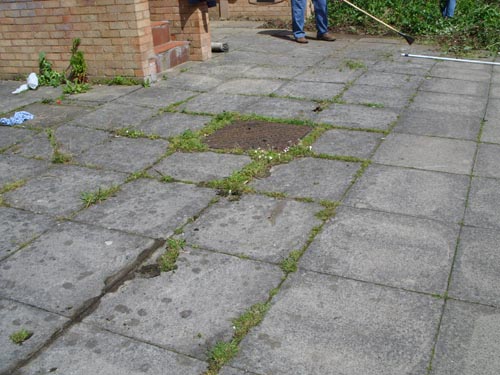
The project involved negotiations with the two businesses, with residential owners and with Milton Keynes Council, and led up to an enhancement scheme that took place on Saturday 1 June. Within an intensive three hour period, TMAEG volunteers cleaned up the paved areas, removing weeds and litter, and they also tidied up several front gardens and planting beds.
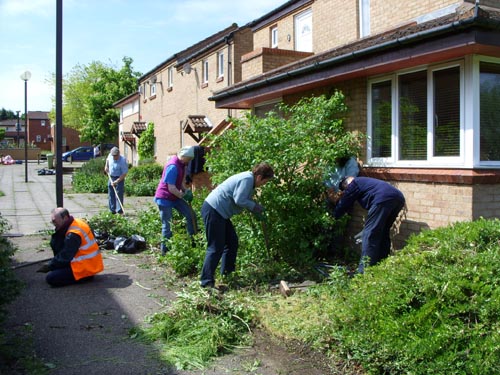
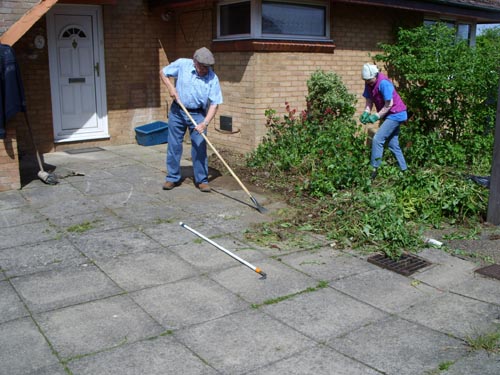
We have sought to be a ‘catalyst’ for improvement and already there are encouraging signs of action (or plans for action) by the two businesses and some of the householders. Thus, plant tubs have appeared, bark chippings have been laid down by one owner and both businesses intend to display colourful plants on the fronts of their buildings. And we are hopeful that agreement will be reached between the Parish Council and the businesses that will result in the placing of two large planters on the slabbed areas.
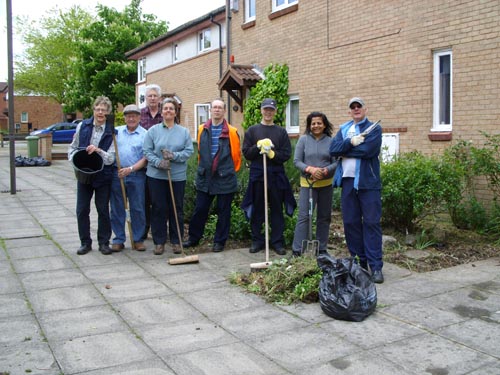
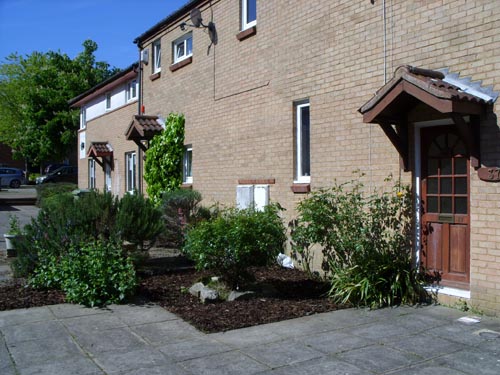
The Litter Walk involved TMAEG teaming up with Milton Keynes Council and the Neighbourhood Action Group to do a clean up of one of our green corridors, the Ash Brook. Council staff and volunteers formed two groups to litter pick along the stream, working from the High Street and from Downlands, meeting in the middle. In just two hours we collected many bags of litter.
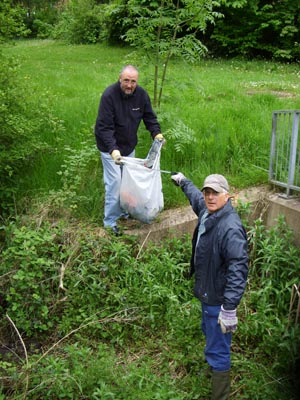
Our new volunteer, Smita, made the following comments:
I was apprehensive about meeting the group because I had not taken part in any activity as yet and did not know what sort of people were in the group. Meeting all of you took that away because you were welcoming and, like me, you seemed to want to do something rather than just talk !
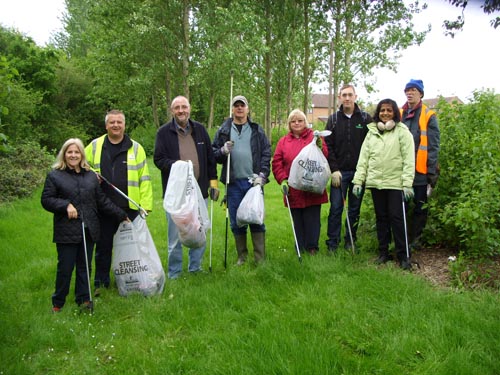
The single most invigorating thing was to have been informed that we have ancient woodland and a real brook –Ash Brook ! I bet most people don’t know this.
Over the years we have considered moving to a village because we like ‘ancient’ and streams etc but the comforts of city/town life (like ‘Just Eat’ and work) and the traffic jams coming into Milton Keynes deterred us.
Now having Ash Brook and the woodland means we can have it all here…almost !
Our third story is about ecology and wildflower planting in Two Mile Ash. Here we have several schemes in the making:

In May 2012, we planted plug plants on the ‘far’ side of the Stone Hill pond and already red campion is flourishing. Thanks to Margaret Parrott, there are also some wild primroses there.
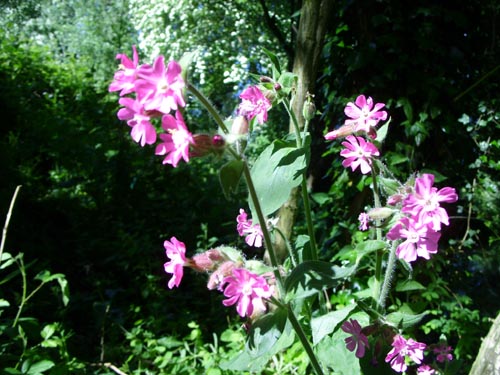
Some primroses that were growing in the old herb garden at Bradwell Abbey were gifted to TMAEG and these have been established along the Ash Brook – along the slope visible from the High Street redway. Watch out for them next spring.
Glades have been opened up along the Ash Brook and our volunteers have sown wildflower seeds – a ‘hedgerow mix’ for glades on the sunny side and a ‘woodland mix’ for the shadier glades.
There has been a bonus: by opening up these areas we have revealed plants formerly buried and suppressed by brambles. For example, bluebells are now flourishing in one of the new glades within the High Street to Stone Hill section of the Ash Brook.

Were they originally planted by the development corporation? Perhaps one of our readers will know? These appear to be of the Spanish rather than the English variety (Hyacynthoides nonscripta) which a number of us have been seeking to establish over the winter in ‘home gardens’. This autumn, we expect to plant them out in small ‘colonies’.